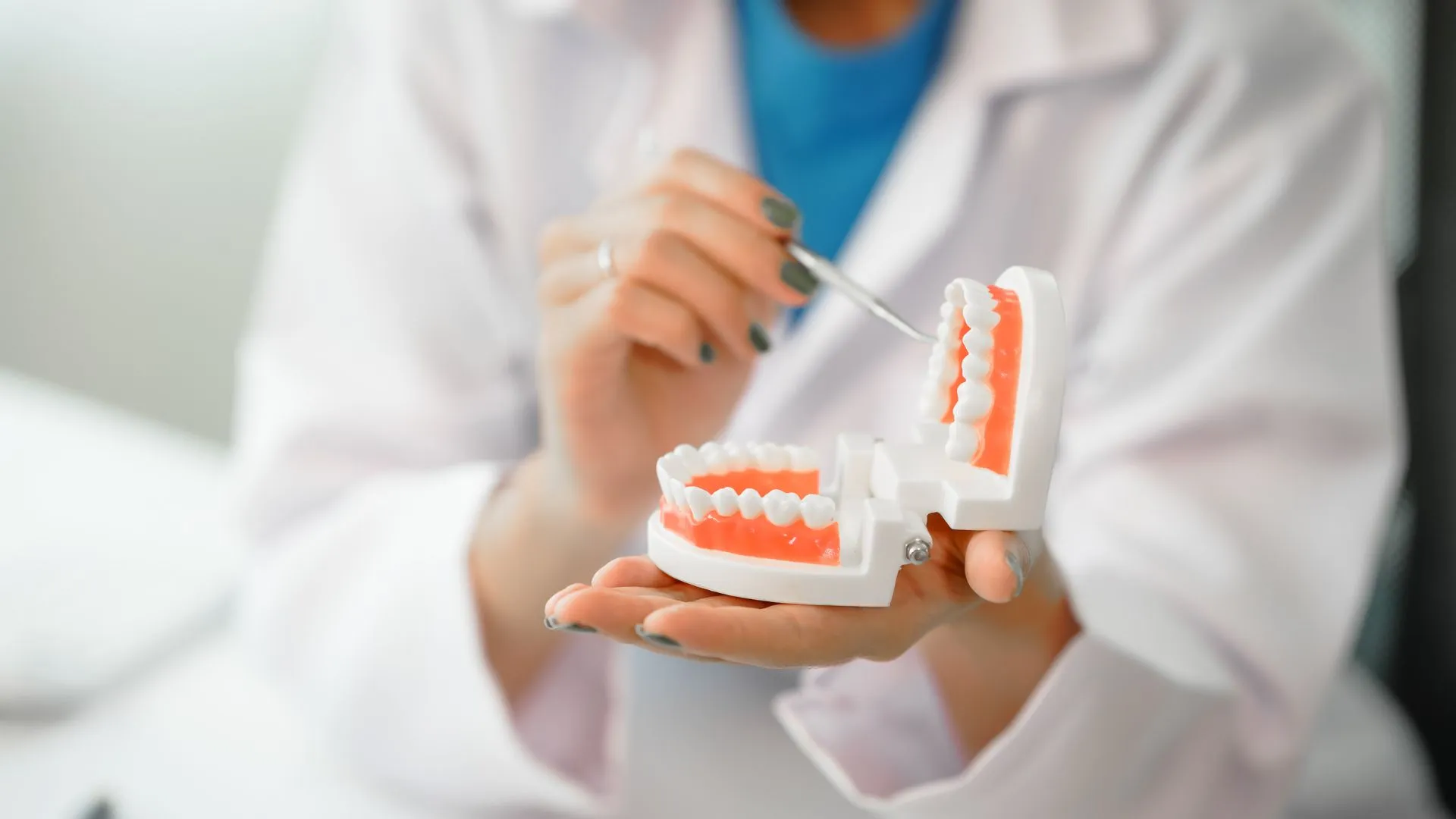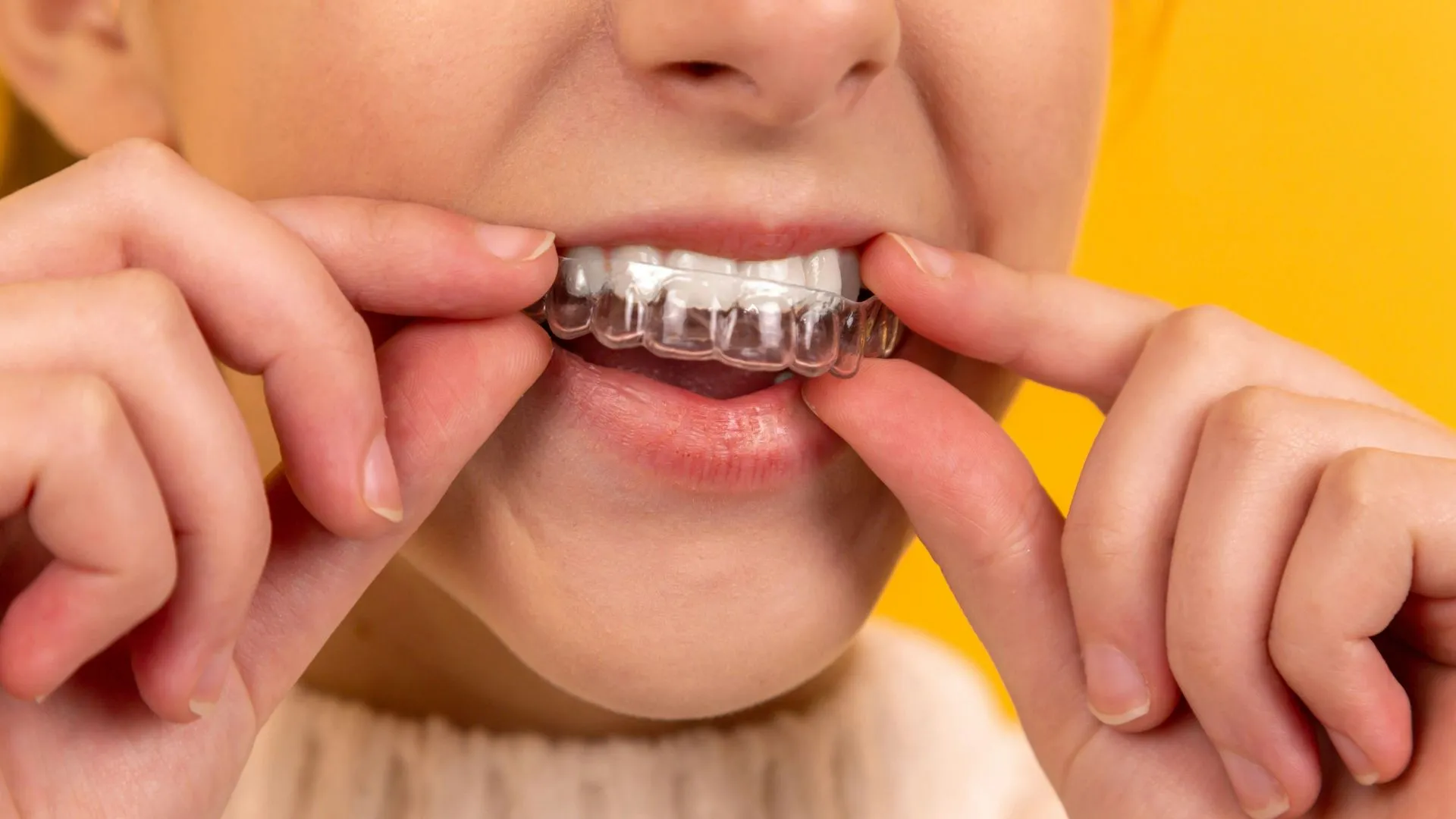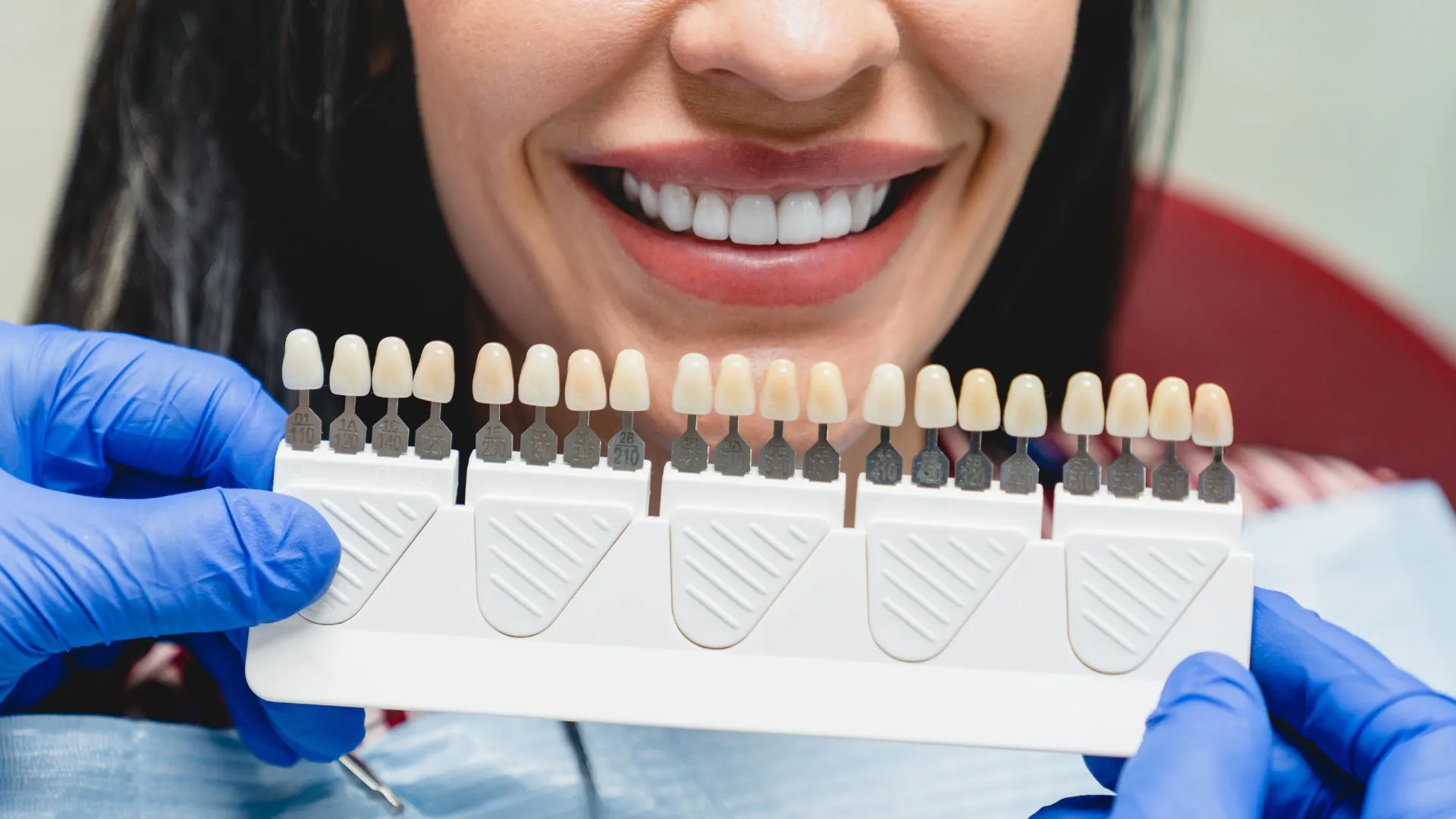When we say “smile,” we often associate it with just the teeth and gums. But a smile has other features including imperfections — like the black triangles. Black triangle teeth are among the most common aesthetic issues dentists correct. Do you think…
When we say “smile,” we often associate it with just the teeth and gums. But a smile has other features including imperfections — like the black triangles. Black triangle teeth are among the most common aesthetic issues dentists correct. Do you think you have one? Check your front teeth. Are there any gaps? Look closely at the gum line. Do you see a gap that resembles a triangle? If yes, then you probably have one.

What are black triangle teeth?
A dental black triangle happens when the area between two teeth, known as the embrasure, is not filled. This space creates a triangle-shaped black void known as open gingival embrasures, commonly known as the “black triangles”.
That is why in clinical terms, black triangle teeth are known as open gingival embrasures. The triangle-shaped space creates a black void. This can indicate two things: space is merely missing the gum tissue needed to bridge the gap, or the teeth have shifted for decades to where they are no longer close to the neighboring tooth.
A study done by the British Journal of Applied Science and Technology has proven that up to 67% of people over the age of 20 have black triangles. What this means is that black triangles are a relatively common condition. Though it may be common, it is important to seek dental care for the black triangles to ensure you aren’t putting your smile at risk for other problems.
Causes of black triangle teeth
Black triangles can happen for a number of reasons. One of the most common is gum disease and its resulting gum recession. Gum recession can happen over time due to not caring for oral health needs and not visiting the dentist for bi-annual cleanings. The buildup of tartar can lead to tooth decay, which can negatively affect the health of the gums.
Sometimes black triangles appear because the teeth shift over time. Known as the orthodontic movement, this is another main cause of gaps in teeth that were not there before.
While alignment problems may cause the appearance of black triangles, the natural shape of the teeth can also play a significant role. Lastly, open gingival embrasures can also occur because of abnormal crowns or restoration shapes that may have been placed. However, this is less frequent compared to others.

Which tooth shape would likely form the black triangle?
Did you know that teeth are classified by shapes? Did you know that these tooth shapes can contribute to your overall oral health? Teeth are classified into three shapes: rectangle, oval, and triangle.
Rectangular
Rectangle teeth are known to have straight parallel edges. Teeth fit easily together without any gaps at the top or bottom. This tooth shape does not allow for black triangles to form.
Oval
Oval teeth or characterized by their rounded edges at the bottom. Again, black triangles are least likely to form with oval-shaped teeth. For them to occur, tooth decay and gum disease would need to be present.
Triangle
The triangular tooth shape is characterized as wider at the bottom and skinnier at the top. There are noticeable gaps between the teeth just below the gum line. These are more common to have larger black triangle teeth and to be more prominent.
Are there any oral health risks associated with black triangle teeth?
While it might seem that having black triangles is more of an aesthetic problem than a health risk, you would be surprised. Having a gap in your teeth allows for many things to happen, including the buildup of tartar and plaque. With this buildup, tooth decay can become present.
Once tooth decay has started, it will need to be corrected with fillings or other dental work to ensure it doesn’t spread. If allowed to continue, tooth decay can lead to tooth loss.
It’s important to know what can put you at risk for gum disease. Getting treatment sooner can prevent many issues from occurring, including the presence of black triangle teeth.
Take a look at some of the factors that may increase your risk of gum disease.
- Genetics
- Not maintaining proper oral hygiene
- Crooked teeth or those with alignment issues
- Use of tobacco or smoking
- Pregnancy
- Diabetes and certain medications

Treatment Options
For those that are interested in removing black triangles, you’re in luck. There are many treatment options available. Take a look at the most common ways used to eliminate the appearance of black triangles.
Gum surgery
Surgery can be an option for some patients. Using a procedure called the surgical pinhole technique, your dentist can resolve black triangle teeth rather quickly.
Dental crowns/veneers
Crowns and veneers have been shown to effectively hide/repair the look of black triangles in a patient’s smile. They work by covering and bridging the gap between the teeth and filling the space where there is a lack of gum tissue.
Cosmetic bonding
With bonding, patients receive the fastest and easiest solution to hiding and correcting black triangles. Most enjoy this method because it is the most cost-effective treatment available.
Orthodontic treatment
For those that have shifted or have misaligned teeth causing the black triangles, orthodontic treatment can be an excellent option. Options for orthodontic care include Invisalign® clear aligners or braces.
Bioclear matrix treatment
Another cosmetic dentistry technique is the Bioclear Matrix treatment. This treatment is similar to traditional tooth bonding. It is an injection molding of composite resin that produces impressive results. It’s more predictable and longer-lasting than traditional tooth bonding and is ideal for correcting issues such as black triangle teeth.
Can you prevent having black triangle teeth?
One of the best ways you can prevent black triangle teeth from happening is to stay up to date and focus on good oral hygiene. The leading cause of black triangle teeth is gum disease. Preventing gum diseases is simple and requires only that you maintain good oral health at home and visit your dentist every six months for cleanings. Similarly, if you have gum disease, currently seek treatment from your dentist to ensure you have optimal oral health.
Conclusion
Black triangle teeth occur in over 67% of the adult population. There are many treatment options available to solve this aesthetic problem, including gum surgery using the pinhole surgical technique, orthodontics, Bioclear matrix treatment, tooth bonding, and more. One of the best ways to avoid having black triangle teeth is to ensure your smile is healthy. Avoiding gum disease or seeking care if you have the signs of gingivitis is essential. Allowing gum disease and tooth decay to continue will only worsen the problem.
If you’re unhappy with the appearance of black triangles in your smile, Image Dental offers solutions. Contact us today by requesting an appointment online by clicking here or give our office a call at (209) 955-1500.



